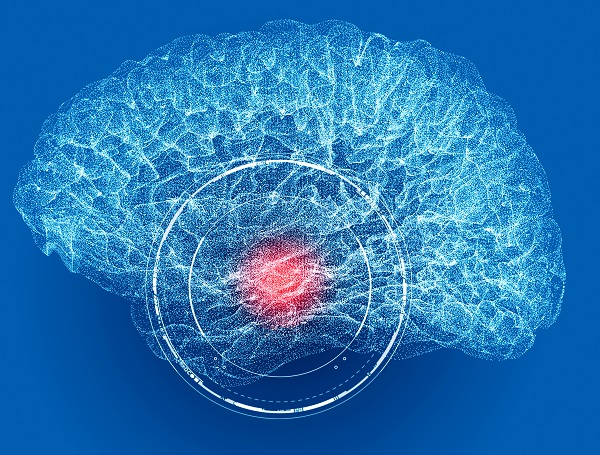How Does a Neurosurgeon Treat a Brain Aneurysm?

A brain aneurysm, also known as a cerebral or intracranial aneurysm, is a point of weakness of an artery in the brain. It is like a balloon on an artery. Since the artery wall is weaker at the point of aneurysm, there is a risk of rupture. A ruptured aneurysm can lead to subarachnoid hemorrhage (bleeding into the brain) and requires emergency treatment.
Treatment for a brain aneurysm
A brain aneurysm that is yet unruptured but is large or causing symptoms can be treated. The objective of treatment for both ruptured and unruptured aneurysms is to lower the risk of blood flow from the aneurysm to the brain.
MRI or CT scans: The surgeon will review high-resolution, 3D images of the brain and the blood vessels to determine the size, shape and location of the aneurysm, as well as the possible bleeding or spasms that may indicate a high risk of stroke. These tests last about 30 to 60 minutes and are almost painless. When CT scans or MRIs are used to check blood vessels (angiograms), they are considered CTAs and MRAs.
Cerebral angiography: The surgeon will insert a catheter through a small incision into one of the major arteries and thread it through the circulatory system to the neck. Afterward, they will inject a contrast dye into the catheter, which moves to the brain’s arteries to mark the location and severity of the aneurysm. Generally, this test lasts for about an hour and requires that the patient lies flat for another two to four hours.
There are many treatments available. The options can include the following.
Medications
The neurosurgeon may prescribe drugs to lower blood pressure and symptoms like seizures.
Microsurgical clipping
The surgeon will create an open incision in the back of the skull (craniotomy) and put one or more metal clips across the neck of the aneurysm. This stops blood from gaining entry into the aneurysm sac, prevents enlargement and lowers the risks of future bleeding.
Cerebral artery bypass and coiling
By making an open incision in the skull, neurosurgeons redirect blood flow around the weak artery with a replacement blood vessel from another area of the body, typically the leg. The new artery circumvents the damaged blood vessels and restores the healthy flow of blood in the brain. Afterward, the surgeon will insert small coils into the aneurysm neck to seal it.
Endovascular coiling or embolization
With high-resolution images as their guide, a neurosurgeon can create a small incision and insert a catheter into a major artery (often the groin). Afterward, small metal coils are placed via the catheter into the weakened artery to stop or lower blood flow to the aneurysm.
Endovascular stenting and flow
The process is similar to embolization or coiling, except that only a tiny stent will be used to redirect blood flow from the aneurysm. Eventually, the stent will lead the aneurysm to seal off.
Final note
Not all cases of brain aneurysm need treatment. The neurosurgeon will try to evaluate the potential risks of bleeding from an aneurysm against the risk of treatment and options available. When the risk of treatment is lower than nontreatment, they will recommend treatment.
Get more information here: https://www.brainandspineni.com or call Brain and Spine Neuroscience Institute at (813) 751-2029
Check out what others are saying about our services on Yelp: Brain Aneurysm in Palm Harbor, FL.
Related Posts
A stroke treatment center acts fast when a neurological emergency strikes, delivering critical care when timing matters most. These specialized teams move quickly, utilizing advanced diagnostics, efficient procedures, and coordinated support to manage even the most complex stroke cases effectively. Through quality care, patients and their loved ones can find a clearer path to recovery…
Neurostimulation offers a targeted way to manage symptoms from certain neurological disorders by sending gentle signals to precise areas of the nervous system. With careful planning, neurostimulation can reduce tremors, limit seizures, alleviate chronic pain, and enhance daily function without requiring major incisions.Neurostimulation uses a small, implantable system or an external device to deliver controlled…
Stem cell treatment shows promise for helping with neurological disorders by repairing and regrowing damaged cells in the nervous system. This advanced therapy is still being studied for its ability to support healing at a cellular level, potentially improving the patient's quality of life and daily function. Nevertheless, with continued advancements in medical research and…
When spinal cord compression interferes with mobility, sensation, or organ function, spinal cord surgery may offer relief and prevent further neurological decline. However, any intervention involving the central nervous system requires careful planning and informed decision-making. Understanding the pros and cons helps patients and families navigate this important choice with greater clarity.The primary goal of…
